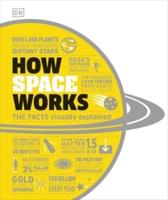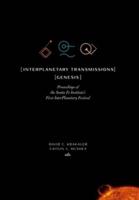Publisher's Synopsis
Fault injection-based automated testing (FIAT) environment, which can be used to experimentally characterize and evaluate distributed realtime systems under fault-free and faulted conditions is described. A survey is presented of validation methodologies. The need for fault insertion based on validation methodologies is demonstrated. The origins and models of faults, and motivation for the FIAT concept are reviewed. FIAT employs a validation methodology which builds confidence in the system through first providing a baseline of fault-free performance data and then characterizing the behavior of the system with faults present. Fault insertion is accomplished through software and allows faults or the manifestation of faults to be inserted by either seeding faults into memory or triggering error detection mechanisms. FIAT is capable of emulating a variety of fault-tolerant strategies and architectures, can monitor system activity, and can automatically orchestrate experiments involving insertion of faults. There is a common system interface which allows ease of use to decrease experiment development and run time. Fault models chosen for experiments on FIAT have generated system responses which parallel those observed in real systems under faulty conditions. These capabilities are shown by two example experiments each using a different fault-tolerance strategy. Czeck, Edward W. and Siewiorek, Daniel P. and Segall, Zary Z. Unspecified Center NAG1-190; RTOP 505-66-21-01...










